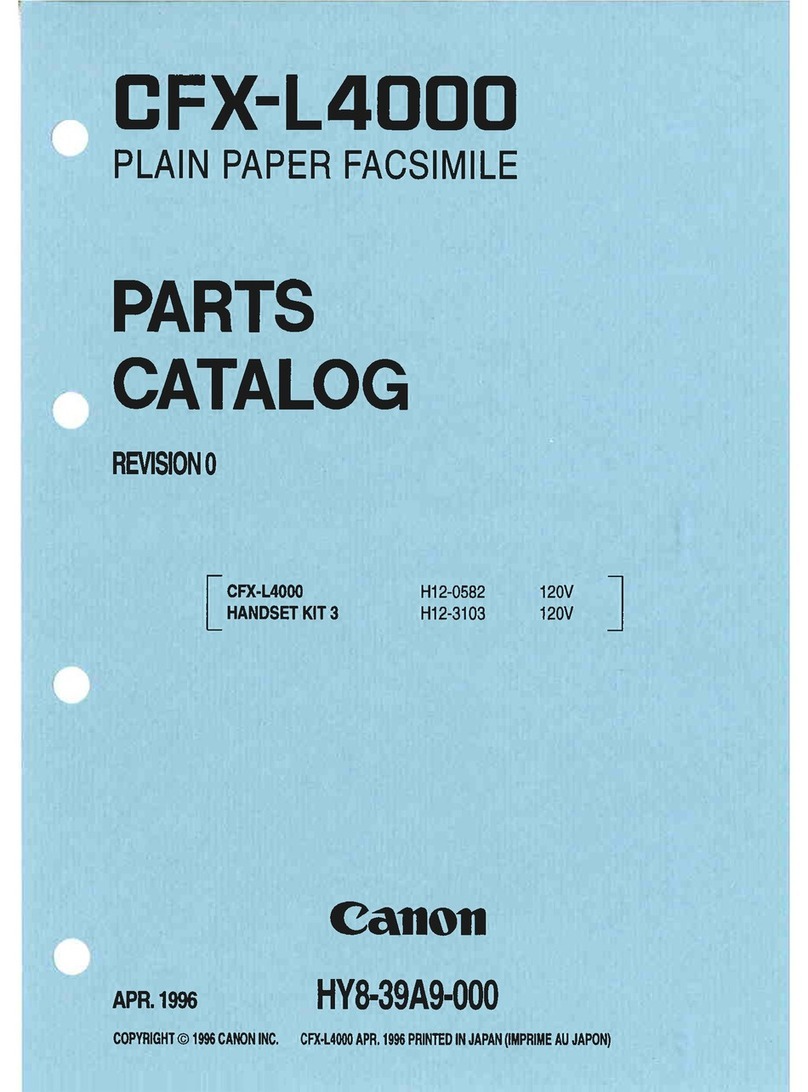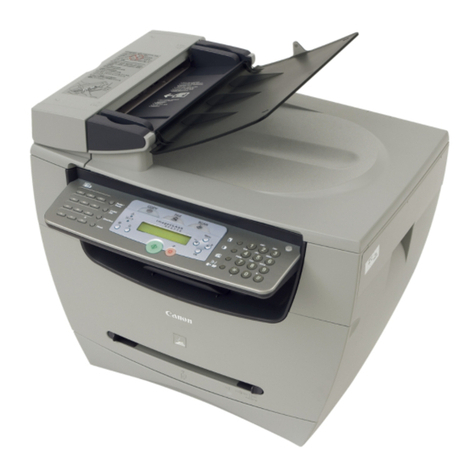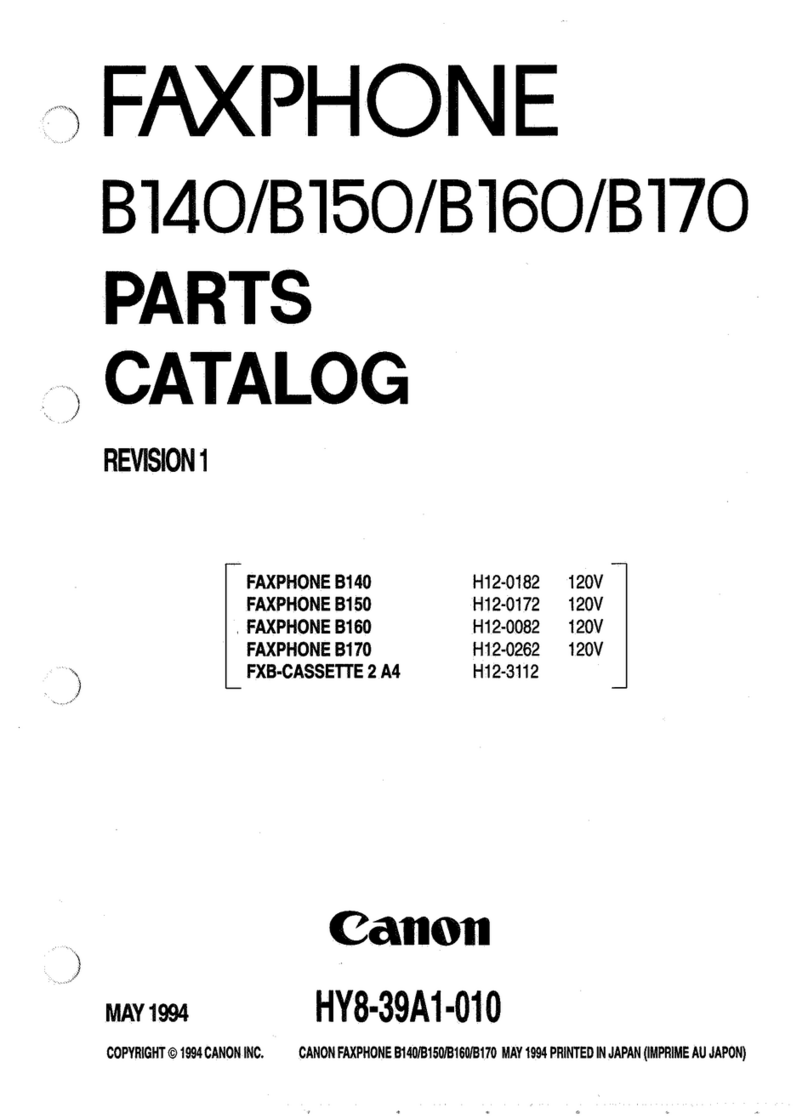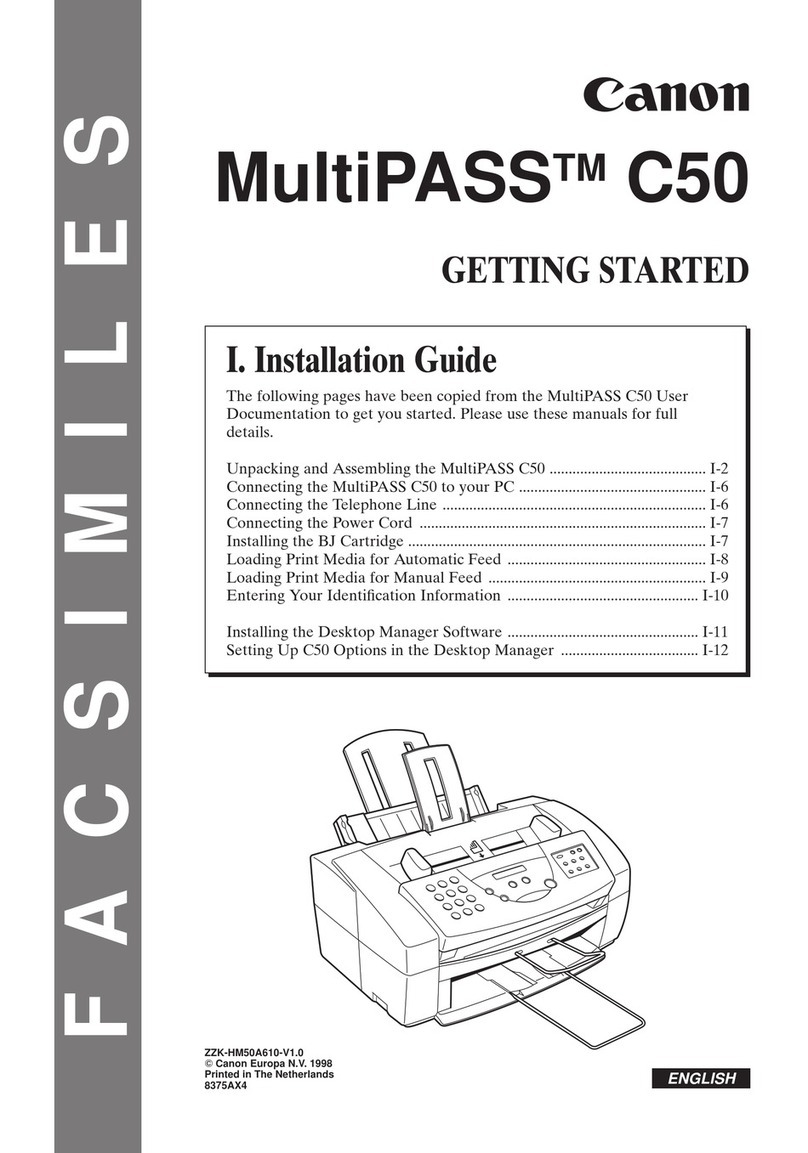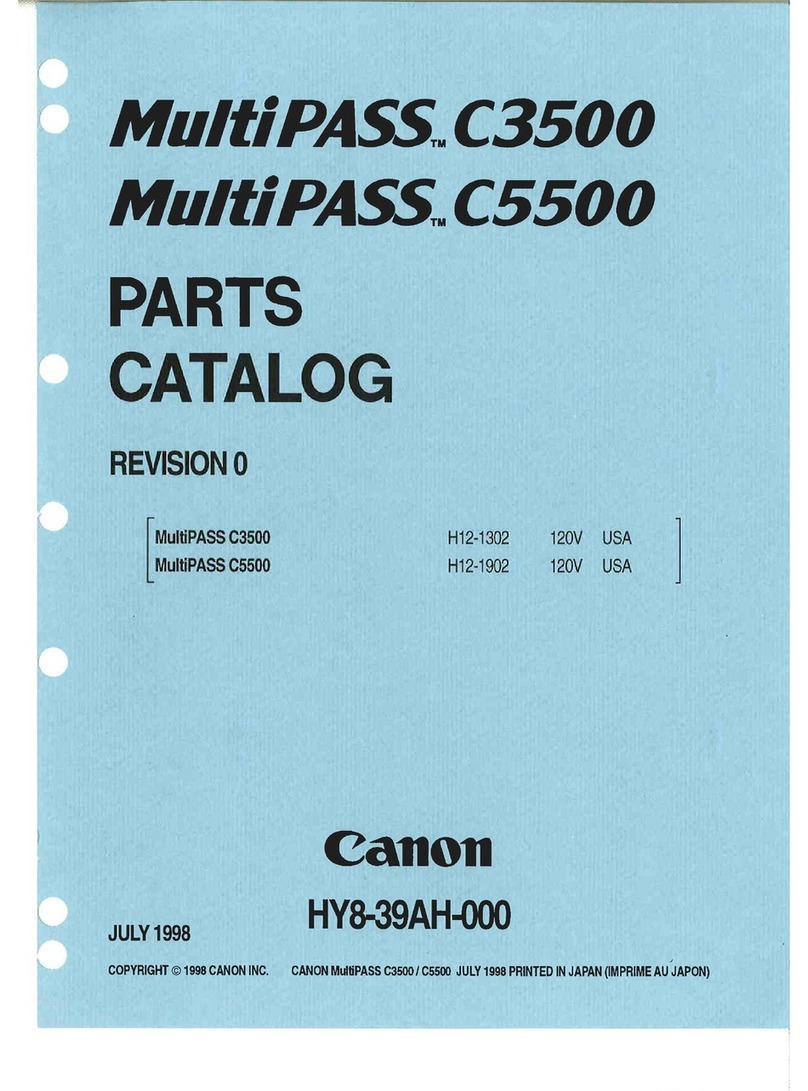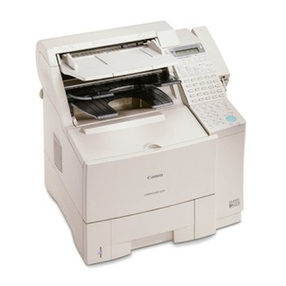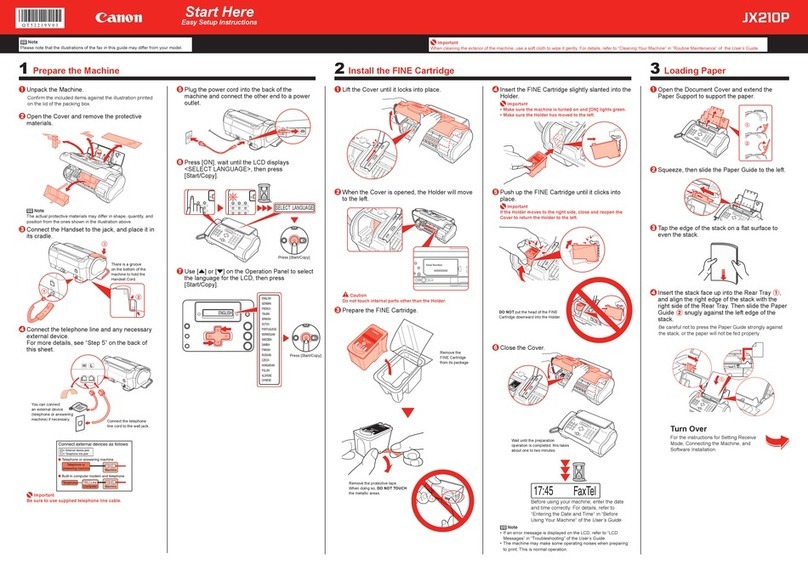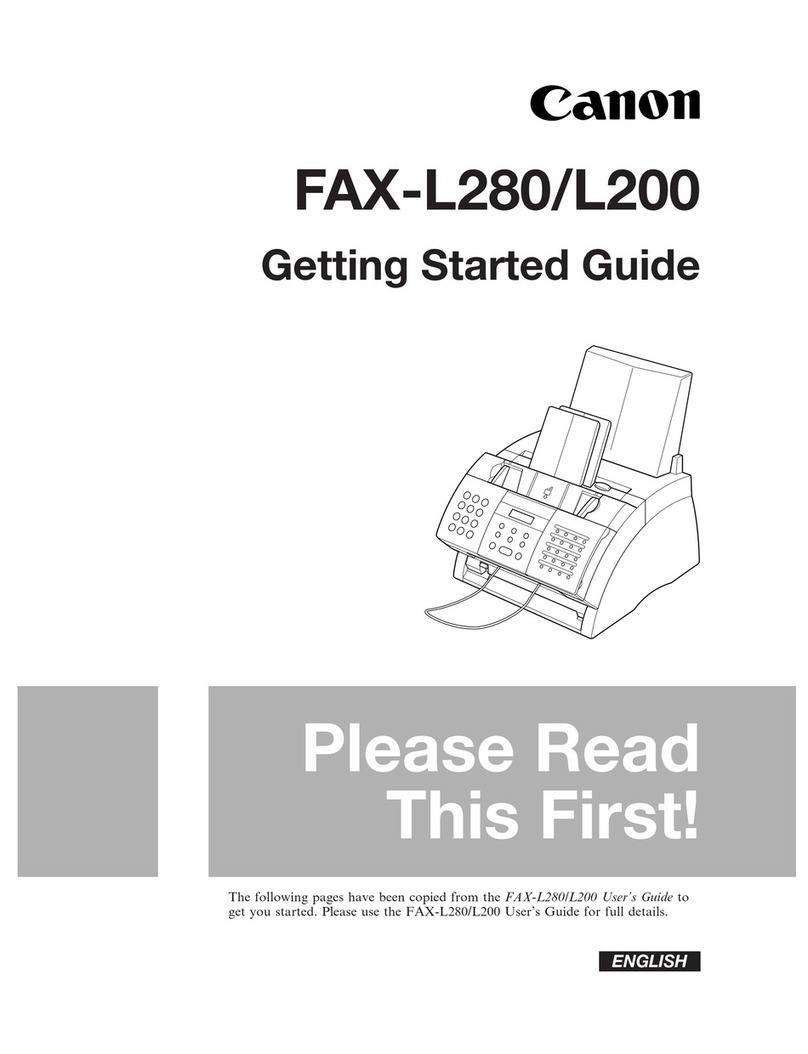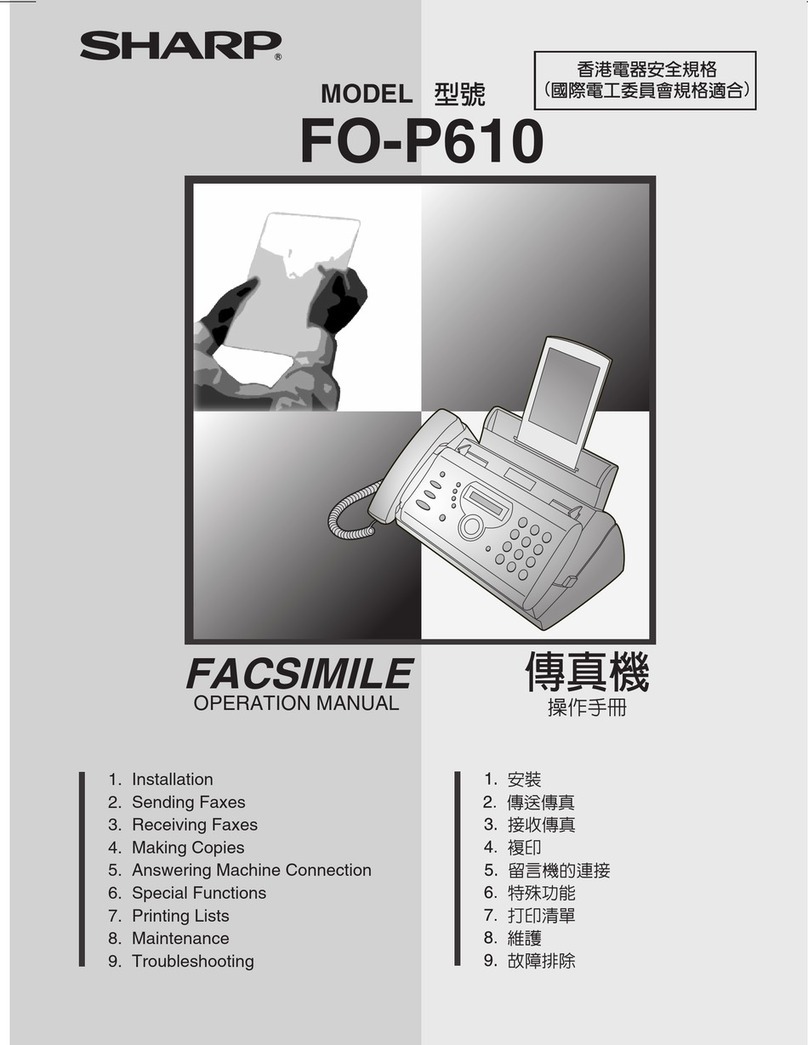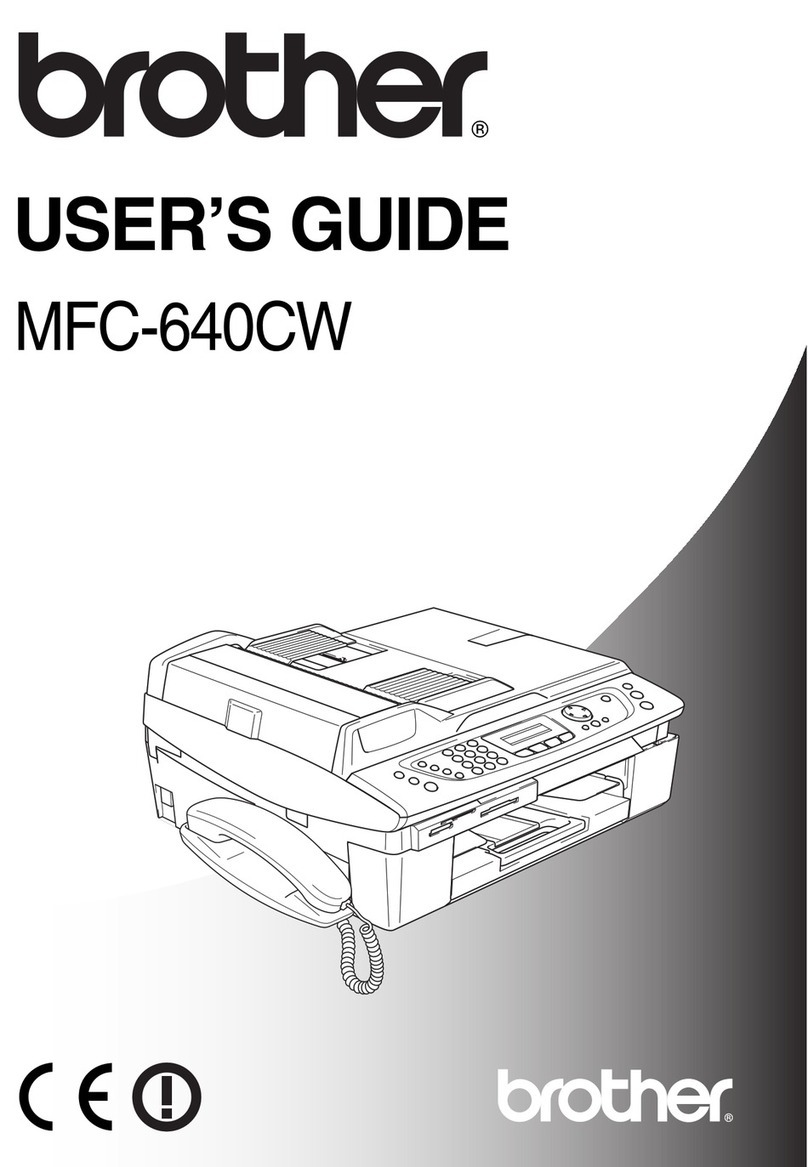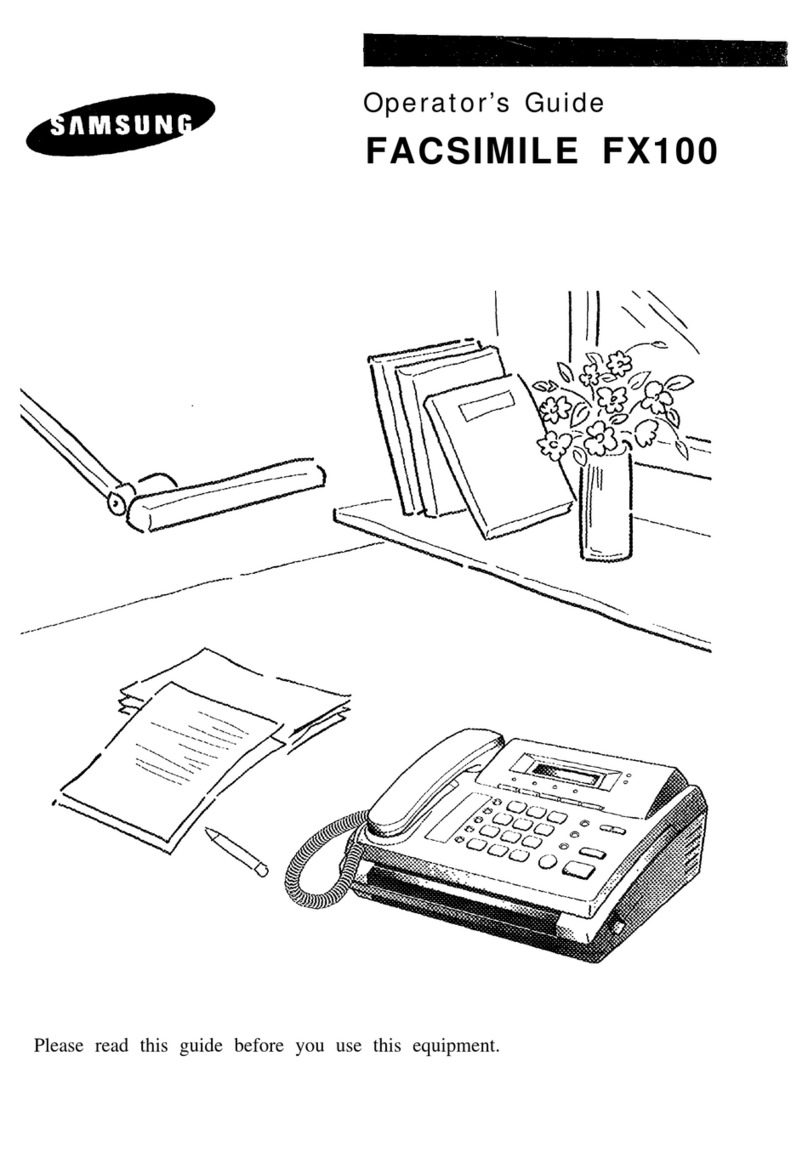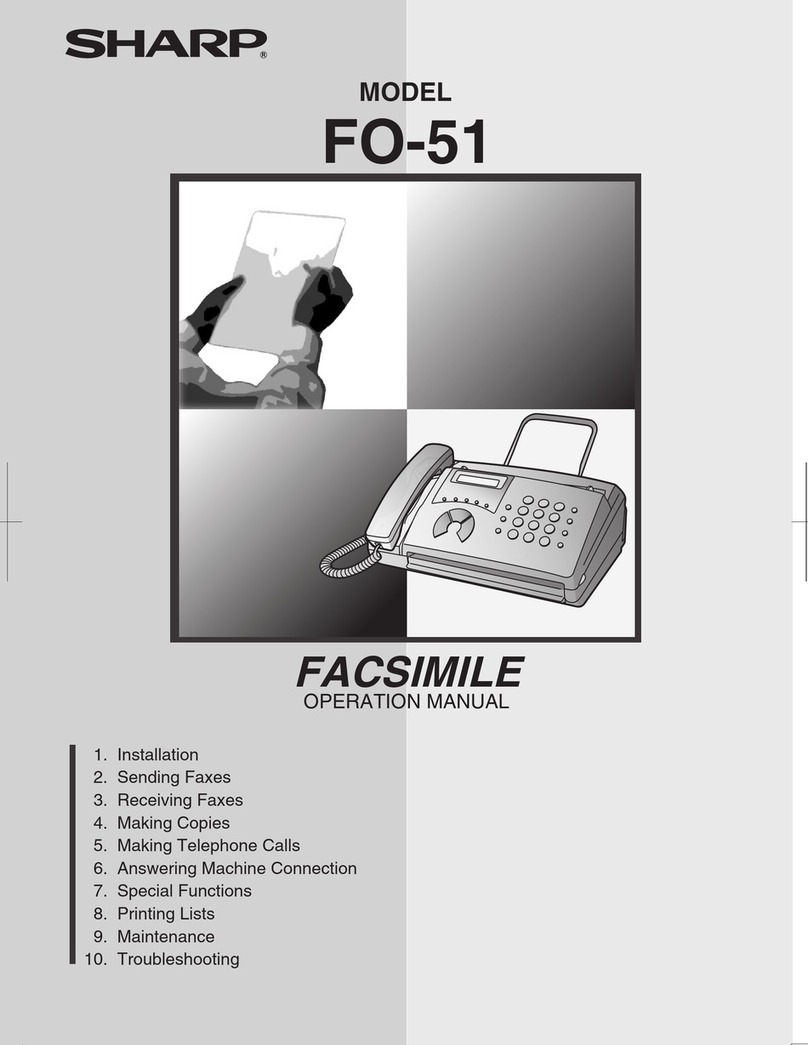iv
Printing by LASER..................................................................4-24
Flow of Printing.......................................................................4-26
Video Control Section/Printer Engine Control Section............4-27
LASER/Scanner Section.........................................................4-32
Printing Process......................................................................4-34
Toner Cartridge.......................................................................4-46
BJ (Bubble Jet) Printer............................................................4-48
Printing by Bubbles.................................................................4-48
Printing Section.......................................................................4-50
Carriage Section.....................................................................4-51
Purge Unit...............................................................................4-56
BJ Cartridge............................................................................4-58
CHAPTER 5 G3 FACSIMILE COMMUNICATIONS
INTRODUCTION..........................................................................5-2
WHAT IS A “G3 FACSIMILE?”.....................................................5-2
G3 FACSIMILE IMAGE TRANSMISSION....................................5-3
Structure of Image Signals........................................................5-3
Transmission Time....................................................................5-5
CODING SCHEMES ....................................................................5-8
Why is Coding Necessary?.......................................................5-8
MH Coding Scheme (One-dimensional Coding Scheme).......5-10
MR Coding Scheme (Two-dimensional Coding Scheme).......5-17
MMR Coding Scheme.............................................................5-28
JBIG Image Compression Encoding Scheme.........................5-29
MODULATION METHOD...........................................................5-45
Modulation and Demodulation................................................5-45
Shift and Modulation Methods ................................................5-46
Modulation Methods up to 9600 bps.......................................5-47
High-speed MODEMs above 14400 bps ................................5-55
V.17 (V.33) MODEM Technology ...........................................5-55
V.34 MODEM Technology......................................................5-73
TRANSMISSION CONTROL PROCEDURES...........................5-89
Outline of Transmission Control Procedures..........................5-89
Signal Types...........................................................................5-90
Basic Transmission Control Procedure...................................5-91
Procedures for Performing Individual Page Control
(Q signals).............................................................................5-100
Training.................................................................................5-102
Method for Detecting Image Signal Transmission Errors .....5-104


